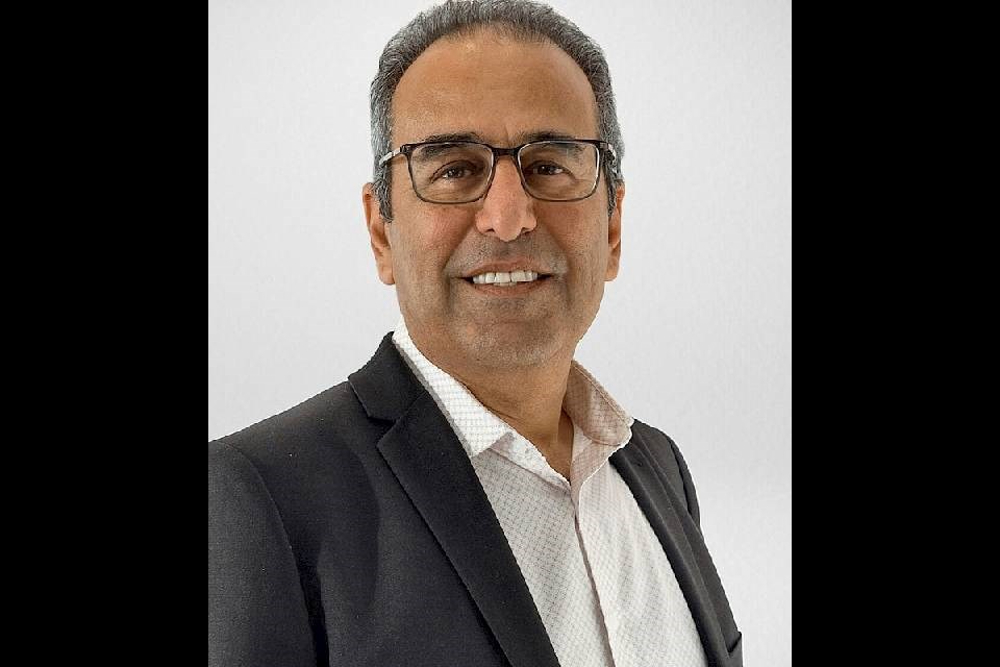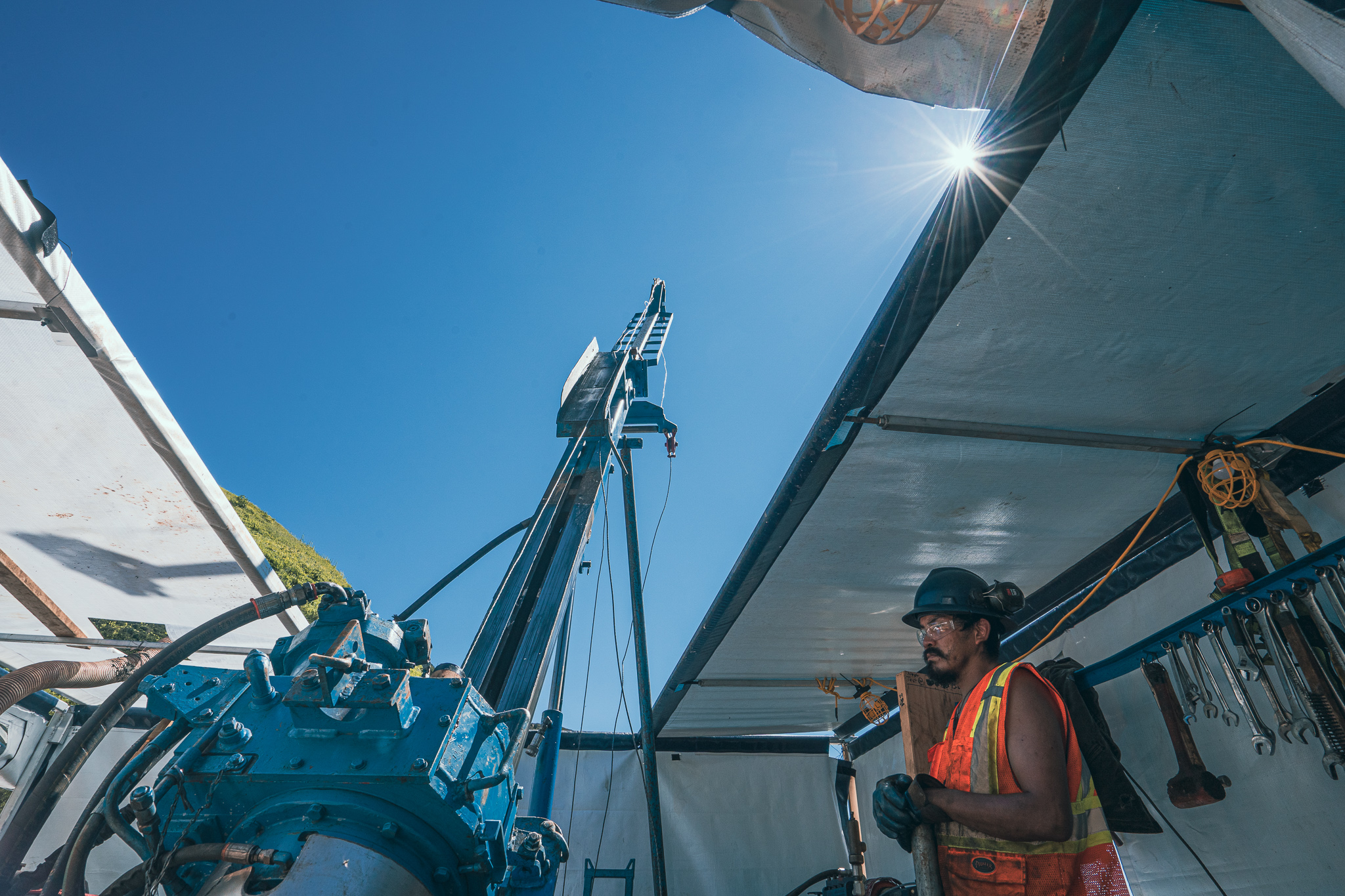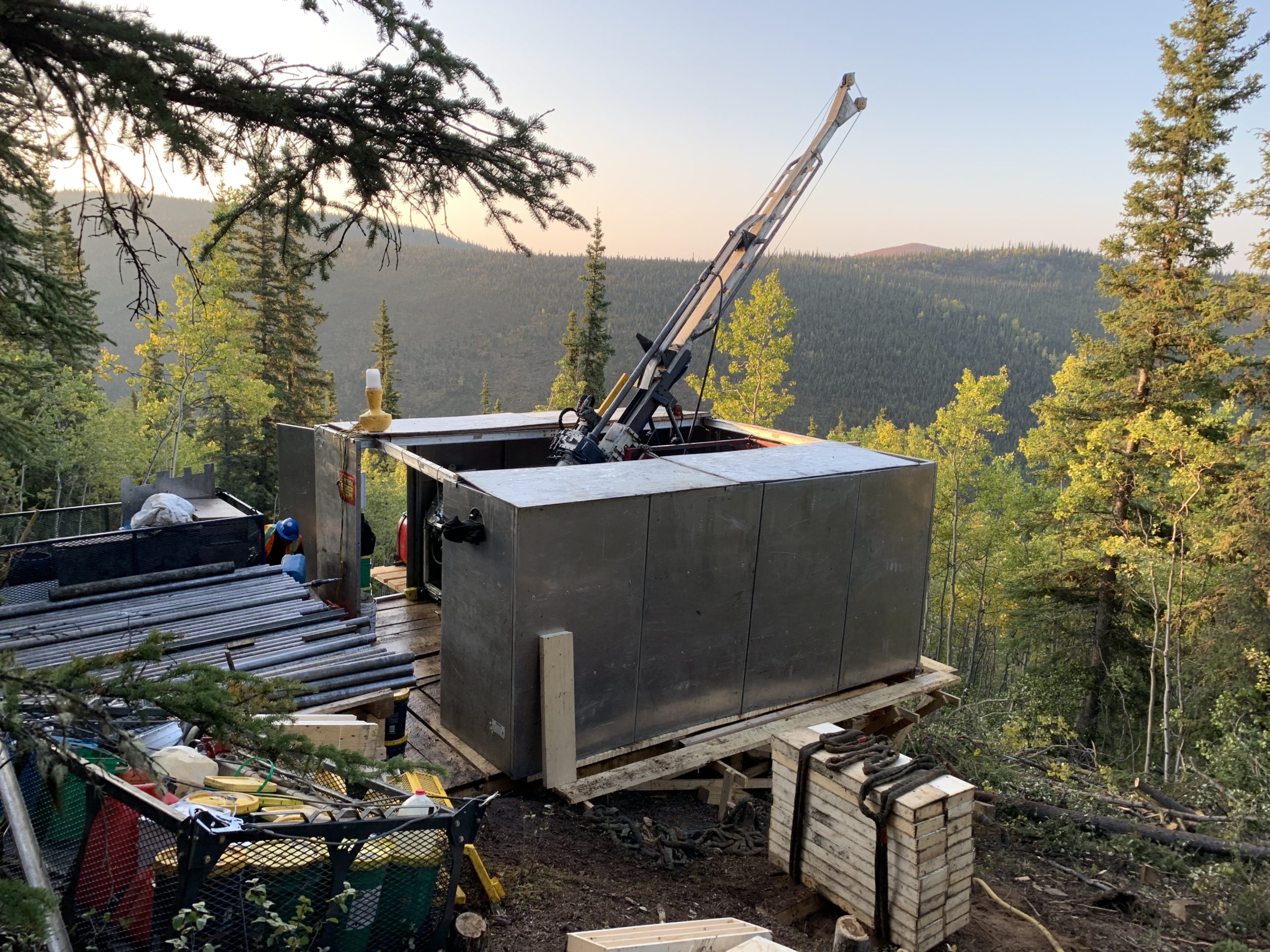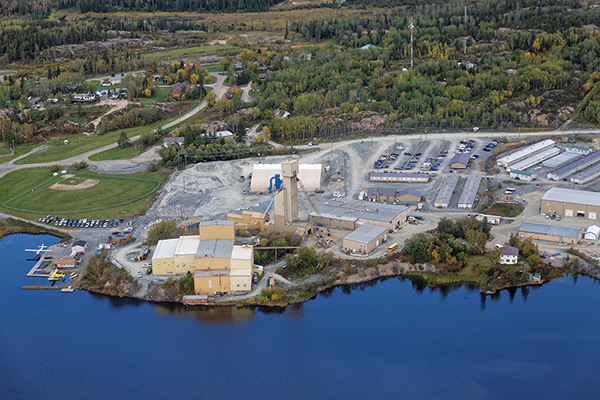New mines on the rise in Ontario
There are 38 producing mines in Ontario – 28 of them metal mines and the balance non-metals, according to a 2018 survey by the Ontario Mining Association. The non-metal, or industrial mineral mines are scattered across the south – from Windsor to Lanark County in eastern Ontario. The metal mines – with one exception – are situated in the north or Far North, the latter being the province’s vast, largely undeveloped land mass beyond Lake Superior.
Ontario is the country’s largest gold producer – thanks to the 17 mines currently in operation – and the province could increase its dominance if a number of currently promising projects reach production. An OMA year-end survey listed 30 advanced mineral projects – over half of them gold prospects.
Here is a look at some of the most promising projects – six gold and one lithium. They are listed alphabetically.
1: Century – Goldcorp
Goldcorp’s Century project is located within the municipal limits of the city of Timmins in the historic mining district of Porcupine. It is one of three Goldcorp projects in development in the province of Ontario. However, the other two – Borden, which is located 160 km west of Chapleau in the Porcupine District, and Cochenour, 5 km from Red Lake in northwestern Ontario, are both more advanced.

Goldcorp’s Dome mine in Ontario’s Porcupine district. CREDIT: GOLDCORP
Goldcorp is re-developing the former Dome mine, an open pit and underground operation which was in production from 1910 until 2016. To date, Goldcorp has completed a concept study on the engineering, waste rock management and economics of an open pit mine and related processing facility. The company envisions doubling the depth and diameter of existing open pit.
A prefeasibility study was expected to be complete in 2018 with a feasibility study to follow this year. The company also planned to continue infill drilling from surface and underground in order to convert inferred resources to reserves. However, given the merger with Denver-based Newmont Mining, announced in mid-January, there is always the possibility that priorities could change.
2: Goliath – Treasury Metals
Toronto-based Treasury Metals is advancing through the permitting process and projecting “near-term Canadian gold production” from its Goliath property, which is located 20 km east of Dryden in northwestern Ontario.

The Goliath gold project, near Dryden.
CREDIT: TREASURY METALS
The Goliath project is an amalgamation of two properties – Thunder Lake, which Treasury acquired from Teck Resources and Corona Gold in 2008, and the Laramide property, purchased that year from Laramide Resources.
Since acquiring Goliath, Treasury has completed more than 143,000 metres of diamond drilling and filed three NI 43-101 resource estimates. The company has also completed a full baseline environmental study and in March 2017 an updated preliminary economic assessment (PEA). The next step is to produce a bankable feasibility study.
Last October, the company released an updated resource. Measured and indicated resources now stand at 1.3 million oz. gold equivalent, up 64% from a 2015 estimate, and an additional 226,700 inferred oz.
The preliminary economic analysis concluded that bringing the property into production would require a capital expenditure of $133 million. The Goliath mine would produce an average of 87,500 oz. of gold and 160,000 oz. of silver over the 13-year life of the mine. At a discount rate of 5%, the mine would generate a net present value (NPV) of $306 million and a 25% internal rate of return.
3: Hardrock – Premier Gold Mines and Centerra Gold
In 2008, Premier Gold Mines acquired the Greenstone gold property, located 275 km northeast of Thunder Bay.
Part of that land package included the former Hardrock underground mine, which produced more than 4 million oz. of gold between 1930 and 1970.

Reverse-circulation drilling at the Hardrock project. CREDIT: GREENSTONE GOLD MINES
Premier carried out an extensive drilling program at the Hardrock site and published a PEA in 2014. Then in March 2015, the company formed a 50/50 joint venture partnership with Centerra Gold, which has since invested $185 million to advance the project.
The partners released a feasibility study in November 2016 that outlined an open pit project with probable mineral reserves of 141.7 million tonnes grading 1 g/t gold.
They forecast average annual production of 288,000 oz. of gold, or 4.2 million oz. over the 14.5-year life of mine.
To design, build and commission the mine would require a capital investment of $1.3 billion. The partners forecast an after-tax payback period of 4.5 years based on a gold price of US$1,250 per oz.
In December, the federal Ministry of Environment and Climate Change approved the environmental assessment done on the project and provincial approval is expected in 2019.
4: Magino – Argonaut Gold
Nevada-based Argonaut Gold cleared a major hurdle in January at its Magino mine property – located 40 km northeast of Wawa – when the federal Environment Ministry approved the company’s environmental assessment in late January.

Argonaut Gold’s Magino project. CREDIT: ARGONAUT GOLD
The company anticipates provincial approval later this year and, meantime, will continue with design and engineering studies.
Argonaut acquired Magino – a historic underground mine – in December 2012, but envisions an open pit operation with a life of seven to eight years. The company published a feasibility study in late 2017 that put proven and probable reserves at 59 million tonnes of ore averaging 1.13 g/t gold for 2.1 million contained oz.
5: Madsen – Pure Gold Mining
Vancouver-based Pure Gold acquired the Madsen property, located 16 km west of Red Lake in 2015, hoping this historic producer could be put back into production as quickly as possible. And there was ample reason to think that could be achieved. The property – which is fully permitted – came with most of the required infrastructure, including a 1,000 t/d mill, a headframe, a 1,275-metre deep shaft, as well as a portal and ramp.

Argonaut Gold’s Magino project. CREDIT: ARGONAUT GOLD
There are also 27 levels of underground workings – legacy of the property’s history as a producing mine. Between 1938 and 1976, Madsen yielded 2.4 million oz. of gold. But there is believed to be a lot of high-grade gold yet to be mined.
In early February, the company released a resource update increasing indicated by 319,000 oz. The latest figure is 7.2 million Indicated tonnes grading 8.9 g/t containing 2.1 million oz.
A feasibility study, which Pure Gold began in early 2018, is due out in early 2019. A preliminary economic analysis released in September 2017 estimated that Madsen could be put into production for $50.9 million and could produce 66,100 oz. of gold annually for 14 years. Payback would be achieved in 2.8 years based on an after-tax NPV (at a 5% discount rate) of $258 million and an after-tax IRR of 47%.
6: PAK – Frontier Lithium
Val Caron, Ont.-based Frontier Lithium is the sole owner of the PAK Lithium deposit, located 175 km north of Red Lake. The company’s objective is to develop a low-cost lithium and tantalum mine that will supply technical grade spodumene concentrate to the glass-ceramic market, which currently consumes roughly a third of global production.

Channel sampling at the Spark discovery, near the PAK lithium project. CREDIT: FRONTIER LITHIUM
Long-term, the company hopes to produce higher grade concentrates and sell to manufacturers of batteries used in electric vehicles as well as electrical grids.
As part of a prefeasibility study published in March 2018, measured and indicated resources were pegged at 8.5 million tonnes of 1.78% lithium oxide with inferred resources adding 1.9 million tonnes of 2.01% lithium oxide. Resources of that magnitude would support a mine for 16 years, of which 11.5 years would be open pit and the balance underground.
The study also set pre-construction capital costs at $147 million and life of mine revenues at $1.9 billion.
7: Springpole – First Mining Gold
Vancouver-based First Mining Gold describes itself as an emerging development company with a diversified portfolio of gold projects in North America. Springpole, which the company acquired in November 2015, is the company’s flagship asset.

First Mining Gold’s Springpole gold project. CREDIT:FIRST MINING GOLD
Located approximately 110 km northeast of the town of Red Lake, it spans 324.5 sq. km. The company released a PEA in September 2017 that indicated that the deposit contains 4.7 million oz.
of gold and 24.2 million oz. of silver. Infrastructure in place includes a 72-person camp, a winter access road, nearby hydro lines and a logging road which is 10 km away.
In March 2018, First Mining began an environmental assessment and initiated consultations with several nearby First Nations, but has yet to submit its EA to the federal or provincial governments.





Comments
Foxtrot
Also Bending Lake Iron, near Treasury.